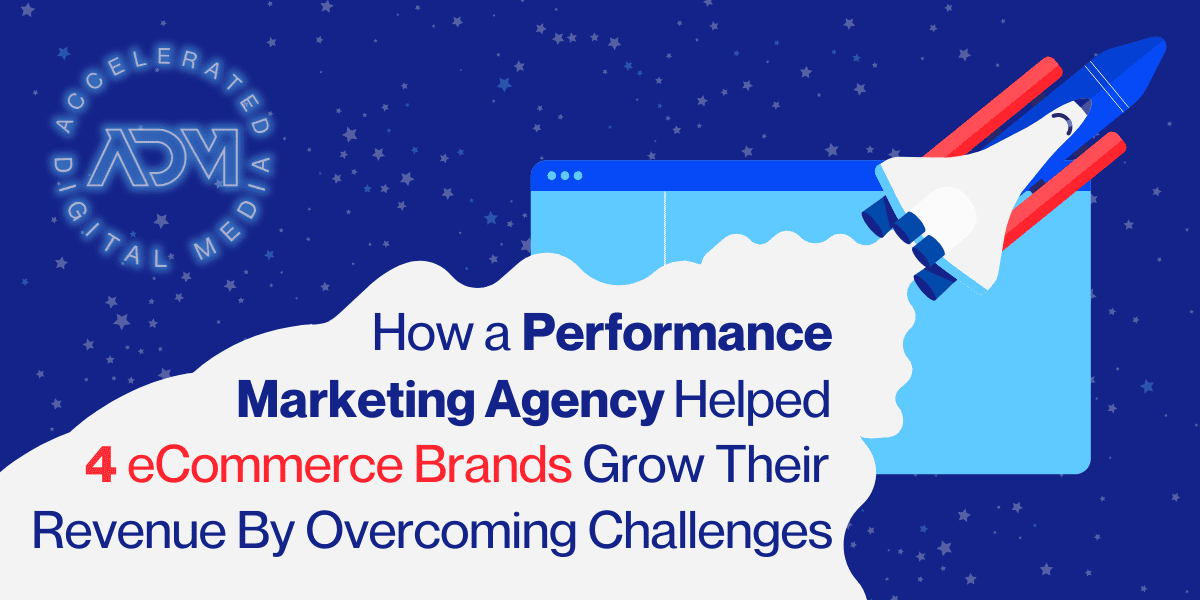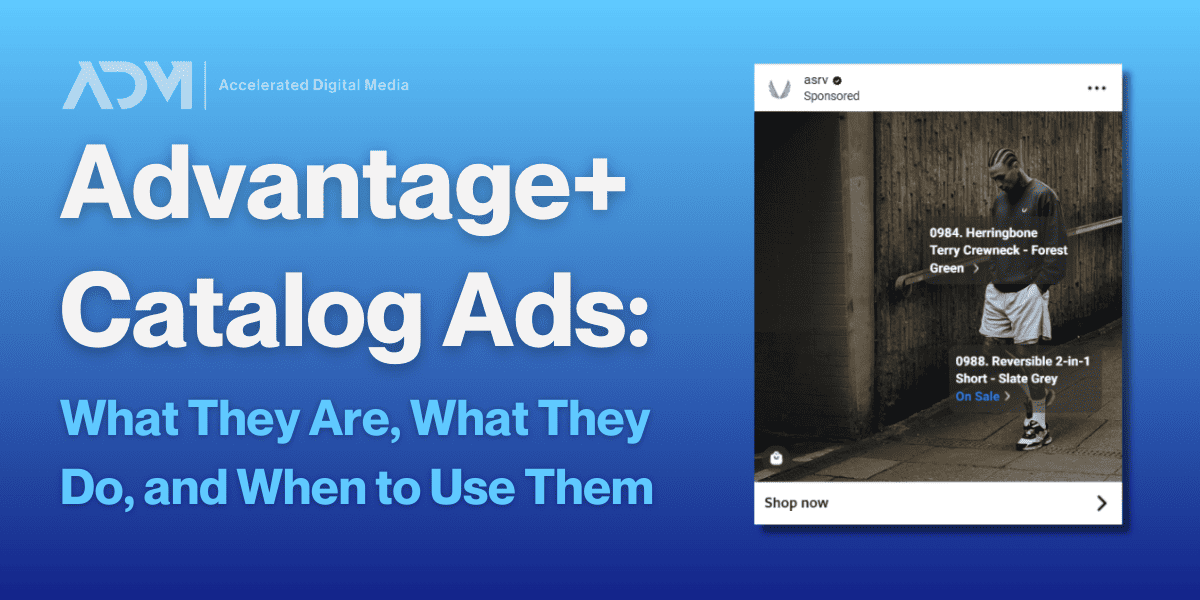Google’s Performance Max (PMax) campaigns are an incredibly useful digital marketing tool for eCommerce. In many ways, they simplify campaign building by using artificial intelligence (AI) to remove some audience control, delivering across multiple Google platforms to users that the algorithms assume will be most beneficial to the advertising goals you set.
But even though setup and targeting might be simpler, PMax campaigns still need to be managed and optimized to deliver their best performance. In a series of blog posts, we’ll be diving into the specifics of how to get the most out of these effective new campaigns.
One way to do that is by making your campaigns and even ad groups more specific to product types or performance metrics. We’ll start here by looking at how to segment your Performance Max campaigns.
Why Segmentation is Important for Performance Max
For all their advantages, automated campaigns have limitations. One of which is that they can run into stagnation at times, since they aren’t able to consciously shake themselves out of bad habits. That can mean serving too many under-performing products or product lines within one campaign, which will hurt performance.
The solution there is to increase the level of control you have over the individual products or product lines, which comes from good segmentation approaches. For the sake of Google’s machine learning, it will typically recommend against too much segmentation so the algorithms will receive more data. But ADM strongly assumes that the Performance Max AI looks at the context and quality of the rest of your account already—like other Google Ads campaign types do—rather than optimizing each campaign in a silo.
Campaign Segmentation: The Core Strategy
When it comes to managing Performance Max for eCommerce, segmenting by campaign is the foundational step. Instead of bundling all products into one campaign, creating multiple campaigns based on product categories or themes can be remarkably beneficial.
Consider an online toy store with various products like action figures, dolls, and stuffed animals. Since demand for all the products will differ and likely change over time, they should clearly start as their own separate campaigns.
This allows the advertiser to create priority, which is essential. Even if you just have two campaigns instead of one, you can make sure that you’re maxing out on the better-performing of the two instead of relying blindly on the algorithms to make determinations for you.
Asset Group Segmentation: The Next Step
Within each campaign, regardless how many campaigns you determine are appropriate, advertisers should still be segmenting even further.
The essence of effective Performance Max campaigns lies in asset group segmentation within each campaign. Let’s consider our example of the online toy store with the “Action Figures” campaign. Within this campaign, various asset groups can be created based on themes like “Wrestlers,” “Marvel Universe,” “DC Universe,” and so on.
Each asset group can be tailored with up to 20 images, 5 videos, a landing page, and text elements, giving advertisers plenty of depth to maximize their ad quality ranking. Narrowly-focused asset groups with a lot of specific creative elements will enhance the user experience.
In our toy store example, let’s say a searcher is only interested in some classic collectibles featuring the wrestler Stone Cold Steve Austin. Ads from an asset group devoted solely to wrestling figures will likely catch that user’s eye.Conversely, if the advertiser only had a single asset group in the campaign and called it “Action Figures”, the user might see ads with Hulk or Terminator which doesn’t align with the Stone Cold products they’re hoping to find.
Checking PMax Performance
In an ideal Performance Max setup, a significant portion of the budget, roughly 90%, is allocated to Shopping Ads. However, this doesn’t imply a ‘set and forget’ strategy. Regularly reviewing Shopping data and strategically reallocating budgets within asset groups ensures optimal performance and maximizes ROI—and asset group segmentation provides a deeper level of visibility into performance.
Detailed analysis through shopping reports, particularly by item ID and listing group, offers valuable insights. It often reveals that a few products capture the majority of the budget, leaving potentially high-return products underserved. This data is instrumental in refining ad strategies and focusing on promoting products that offer the best returns.
The “Products” interface provides visibility into campaign performance, but ADM recommends using Custom Reports because they allow you to layer in more levels of additional data for some additional options for segmenting data.

johnnie-O
Learn how Performance Max segmentation helped johnnie-O increase ROAS 64% year-over-year.
Segmenting High-Performing Products into New Campaigns
While aggressive bidding on individual products within one asset group isn’t an option, advertisers can emphasize high-performers by strategically excluding underperforming asset groups (or pausing those that aren’t reaching campaign goals) within a campaign.
But if the advertiser doesn’t necessarily want to exclude any products from their campaigns, they can still boost visibility of specific products by isolating those products into their own separate Performance Max separate campaigns, paired with a more aggressive bid strategy. Those products then need to be excluded from the original campaign so that there isn’t product overlap.
This is particularly useful for your highest-performing products. To get the most out of Google Ads, your best bet is to press on the items that are performing best. If the “Wrestlers” asset group is performing exceptionally well, the toy story shouldn’t hesitate to test turning it into its own campaign—that way the broader “Action Figures” category has a better chance to serve other customers, while the store can continue exploring the performance ceiling for “Wrestlers.”
Getting the Most Out of Performance Max
When Google releases new automated features, it often isn’t enough to just accept the initial performance boost and turn control of your campaigns over to the algorithms. At ADM, we believe that to get the most out of them, it’s better to not take a “set it and forget it” approach. Through extensive testing, we pride ourselves on finding deeper and better ways to use these new tools to get more for our clients.
Check back for further guidance on how to use Performance Max campaigns, including feed optimization, budget management tips, and more. And if you have any questions about how these and other custom digital marketing approaches could benefit your company, don’t hesitate to reach out for a conversation.




